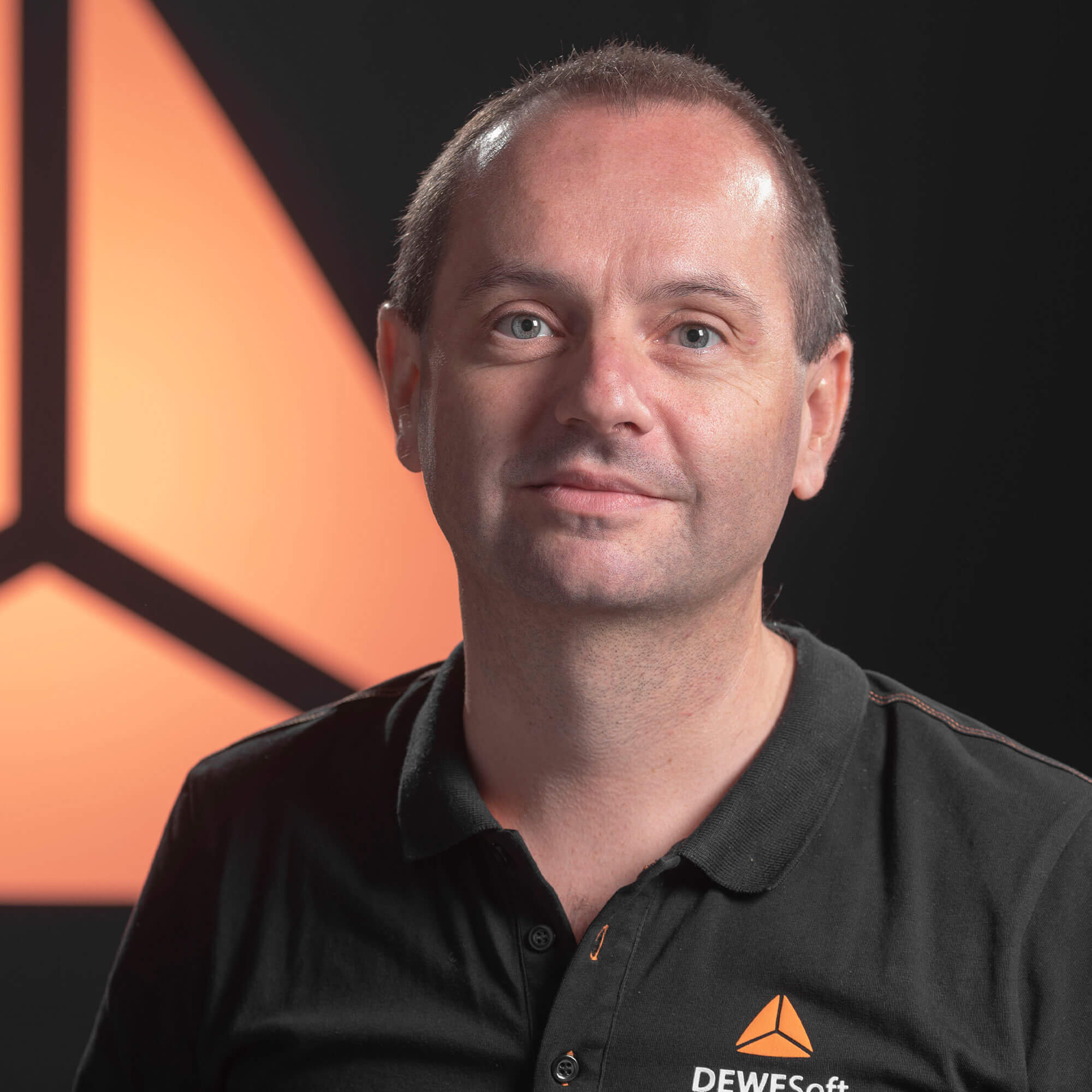Table of contents
Browse categories
Browse authors
 AB
ABAlberto Boffi
 AL
ALAlessia Longo
 AH
AHAl Hoge
 AB
ABAljaž Blažun
 BJ
BJBernard Jerman
 BČ
BČBojan Čontala
 CF
CFCarsten Frederiksen
 CS
CSCarsten Stjernfelt
 DC
DCDaniel Colmenares
 DF
DFDino Florjančič
 EB
EBEmanuele Burgognoni
 EK
EKEva Kalšek
 FB
FBFranck Beranger
 GR
GRGabriele Ribichini
Glacier Chen
 GS
GSGrant Maloy Smith
 HB
HBHelmut Behmüller
 IB
IBIza Burnik
 JO
JOJaka Ogorevc
 JR
JRJake Rosenthal
 JS
JSJernej Sirk
 JM
JMJohn Miller
 KM
KMKarla Yera Morales
 KD
KDKayla Day
 KS
KSKonrad Schweiger
Leslie Wang
 LS
LSLoïc Siret
 LJ
LJLuka Jerman
 MB
MBMarco Behmer
 MR
MRMarco Ribichini
 ML
MLMatic Lebar
 MS
MSMatjaž Strniša
 ME
MEMatthew Engquist
 ME
MEMichael Elmerick
 NP
NPNicolas Phan
 OM
OMOwen Maginity
 PF
PFPatrick Fu
 PR
PRPrimož Rome
 RM
RMRok Mesar
 RS
RSRupert Schwarz
 SA
SASamuele Ardizio
 SK
SKSimon Kodrič
 SG
SGSøren Linnet Gjelstrup
 TH
THThorsten Hartleb
 TV
TVTirin Varghese
 UK
UKUrban Kuhar
Valentino Pagliara
 VS
VSVid Selič
 WK
WKWill Kooiker
Testing Power Inverters and Motor Terminal Issues

Are inverters the cause of burned motor terminal blocks at a water supply site?
After the installation of power inverters, our customers started to experience frequent motor failures in one of their production plants. Inverters were introducing some hidden phenomena causing the issue, but what to do in this situation?
They were almost on the way to reverting back to a standard 50 Hz power supply to limit damages when thanks to the Dewesoft technology they realized that the issue was triggered by a simple brass nut in the motor terminal block.

Have you ever had an issue after installing inverters in your electrical system?
PWM (Pulse Width Modulation) inverters are capable of running asynchronous AC power motors at variable motor speeds than the standard 50Hz power source from the grid. Inverters convert AC motor power from the grid to a DC power and provide an inverter output as PWM (pulse width modulation) power signal used to power induction motor woundings.
In contrast with pure sine wave inverters, they can bring good power savings but since they introduce a high number of harmonics they can also cause tricky issues like temperature increases, bearing faults, vibrations, and noise due to all the effects of high frequencies phenomena in the network (bad power quality).
It is proven that traditional instruments are often blind to inverter output frequencies, if you deal with inverters you need to wear good glasses!
The customer issue - motor burn-down
At a Talete SpA water supply site, the terminal blocks of asynchronous motors driving pumps started to burn frequently after the installation of inverters. Technicians began to blame the new power system based on the PWM power supply and wanted to revert back to direct the 50Hz power source from the grid.
The chief technical officer wanted to understand the reason for this electrical failure. Bypassing inverters would have wasted the investment completely and reverted back to a constant power consumption even at low flow rates. Not a very good idea!
Talete SpA is a wholly public company formed by local authorities, the municipalities, and the province of Viterbo in Italy. The company is handling the freshwater life cycle, from the supply of drinking water to the management of purifiers and sewers. It also carries out research, consultancy, and assistance as well as protection, monitoring, and enhancement of water bodies.
Their facilities are full of any kind of electric motors, starters, inverters, and pumps, where Dewesoft finds all sorts of applications from rotating machinery analysis to power quality measurement.
One of their water lifting systems uses two twin 315kW electric motors to lift freshwater from Lake Bolsena to the town of Montefiascone, about 400 meters above the lake level.
These pumps used to be powered directly from the 3-phase grid at 50Hz until a recent system upgrade introduced PWM inverter-based control systems to allow more efficient control of the water flow.
After this modification motor terminal blocks started to fail often (at least once or twice per year) due to excessive temperature, resulting in big damages with the need for substitution of the complete cabling from the motor to the respective inverter.
Since this issue was not observed before, all the attention was directed to inverters and to high-frequency motor control (PWM) effects.
This kind of system introduces a high number of harmonics bringing sometimes some unexpected phenomena.
High accuracy power measurement in a wide range of frequencies
Standard electrical measurement systems are not designed to understand all power phenomena having an inverter and motor coupled due to their limited capability to analyze high-frequency signals. Technicians were not able to find any issue on this system, they were groping in the dark.
High-end test systems, on the other hand, are mostly designed for laboratory tests and they were not happy to use them in the field due to their fragility and complexity of use.
Some of them are known as power analyzers and provide results of power calculations averaged in cycles (typically 10) without giving the possibility of recording raw waveforms that are very important to understand transient phenomena, review the measurements, and eventually re-calculate power parameters if any adjustments are needed during the data analysis.
Even accuracy in measurements and calculations is often an issue. Systems in the market often claim very good measurement accuracy, but they are designed to give their best at 50Hz.
When dealing with inverters you have to remember that a big number of high-frequency harmonics are generated, so the instrument has to be designed to give good measurement performance in a wide range of frequencies, not only at 50Hz.
A normal industrial inverter, like the one used from Talete in this system, may be based on a switching frequency of 20kHz or more; this means that to analyze only 10 harmonics you need an instrument having an analog bandwidth of at least 200kHz, achievable with a sampling frequency of about 500kHz or more.
The Dewesoft measurement solution
Likely, Dewesoft has great data acquisition hardware and software solutions for these kinds of measurements.
The Dewesoft SIRIUS DAQ family includes the HS version (High Speed) that uses a high-performing sample and holds a 16-bit ADC converter able to read signals as fast as 1 MS/s. This brings an analog bandwidth of about 460 kHz, enough to analyze 20 harmonics of a typical industrial inverter.
The combination of hardware and software allows accuracy like no others. Even the best-known system in the market does not perform like Dewesoft when analyzing a wide frequency spectrum power supply.
Having inverters, there’s not only a 50Hz sinusoidal signal to analyze as in the standard AC power.
These high-performance characteristics are built in a compact, rugged, and portable system designed to be transported easily and safely used in the field. Characteristics like full isolation and current probes auto-configuration could be crucial when performing measurements in the field with uncomfortable setups and limited testing time if compared to a testing laboratory.
Measurement results
We analyzed the motor power source in all its working scenarios trying to reveal problems. Waveforms and power parameters were calculated and stored for later deep analysis.
The motor had a 3-phase delta connection and the software has been configured accordingly in order to calculate all typical power parameters and power quality parameters as requested by EN50160 and IEC61000 standards.
Measurements showed the three line voltages overlapped with their respective currents. Using an inverter it is normal to observe highly distorted voltage signals since sinusoidal waves are built using PWM (Pulse Width Modulation) from the DC power.
Dewesoft is also able to represent this phenomenon using harmonics displays, where the actual line fundamental frequency is measured and its multiple (harmonics) contributions are drowned.
Total calculated values were reported as:
P: 250 kW
Q: 184 kVAr
D: 147 kVAr
S: 310 kVA
Starting from an apparent power of 310 kVA, only 250 kW (active power) is converted to mechanical power, due to an important presence of reactive power (Q=184 kVAr).
A careful observer could notice that most of the reactive power is due to distortion (Distortion Power D=147kVAr) and not a cosPhi effect.
Two prevalent harmonics (5th and 7th) cause overheating of stator windings and torsional vibrations that could be further investigated but for sure not the cause of the terminal block failure.
Even though the motor is not working efficiently, the apparent measured power is lower than the nominal power (S=310 kVA < 315 kVA), moreover the effect of the harmonic distortion is known to heavily reduce the motor life but not to cause any burned terminal block.
The root causes
Using the Dewesoft DAQ technology we could easily prove that the burned terminal block root cause was for sure not related to the effect of inverters on the motor.
So we started to analyze the system to find any other possible root causes.
We noticed that motor windings end lugs were NOT in direct contact with the inverter cable end lugs, a brass nut was installed between them.
With the motor working at full power, we measured a voltage drop on the brass nut of about 6Vrms considering all the harmonics - having an analog bandwidth of about 460kHz.
With a current flow of 450 Arms in each phase we could calculate a total power loss of about 8 kW in the terminal block box of each motor.
This phenomenon could easily explain why the terminal blocks burned regularly.
Conclusion
“Let’s remove these damn nuts!” shouted Luigi, the technical manager.
With this simple change, the problem was solved immediately, with no cost and keeping the inverters in operation for efficient flow control.
From this application, it was clear to everyone how important it is to use the right measurement instrument when dealing with inverters.
PWM inverter-powered drives are becoming very popular in modern industrial plants and traditional measurement systems, designed for AC power, give no more reliable measurement so that several simple phenomena cannot be easily understood.
High bandwidth, high accuracy measurement reliability far from 50Hz, waveform storage, and system portability are the most important features in these applications.
Dewesoft has good experience in these high-frequency electric phenomena and a comprehensive set of ready-to-use solutions that helped this customer to understand and solve a tricky problem.